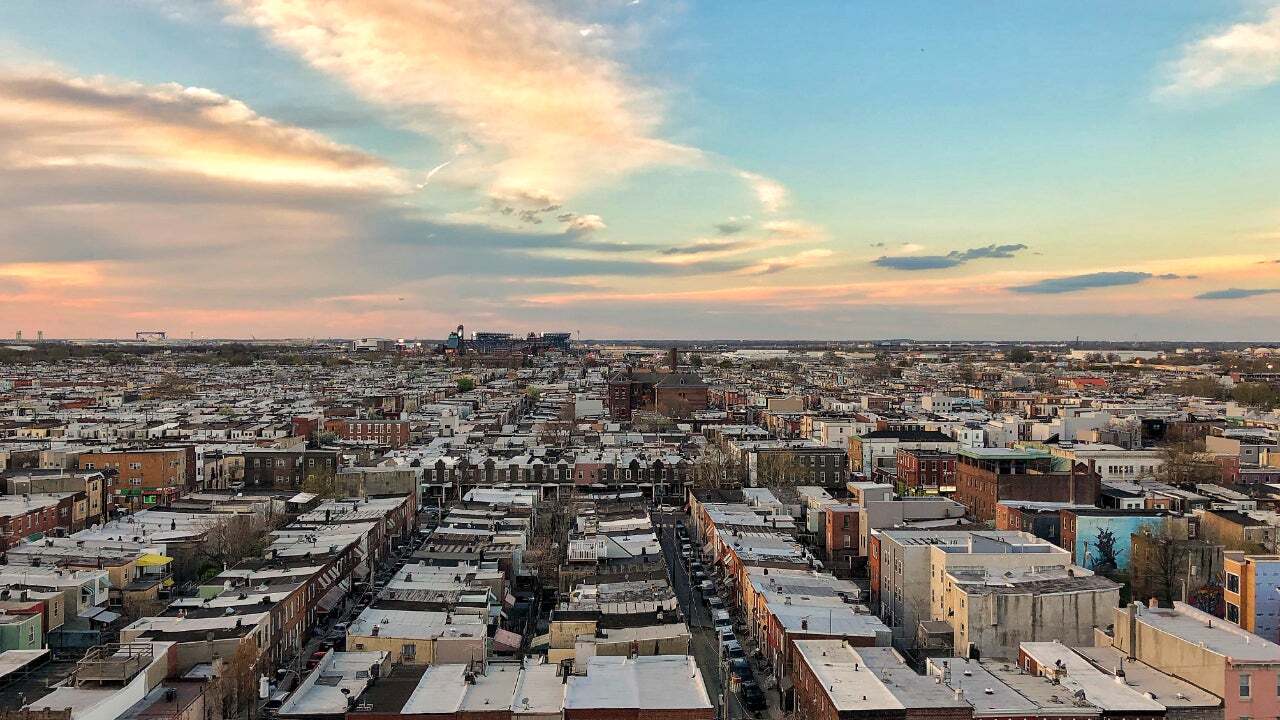
Redlining is a term that refers to the discriminatory practice where services (like banking, insurance, and access to jobs) were denied to residents of certain areas based on their race or ethnicity. This practice, which began in the 1930s, had long-lasting effects on communities, particularly African American neighborhoods. Did you know that redlining not only affected housing but also had a significant impact on education, healthcare, and economic opportunities? Understanding the history and consequences of redlining helps us see how past policies still influence present-day inequalities. Let's dive into 18 eye-opening facts about redlining that reveal its deep-rooted impact on society.
What is Redlining?
Redlining refers to the discriminatory practice where services (like banking, insurance, and access to jobs) are denied to residents of certain areas based on their race or ethnicity. This term originated in the 1930s in the United States.
-
Origin of the Term: The term "redlining" comes from the red ink used by lenders to mark areas on maps where they would not invest. These areas were often predominantly inhabited by African Americans and other minorities.
-
Home Owners' Loan Corporation (HOLC): The HOLC created maps in the 1930s that categorized neighborhoods based on perceived risk. Areas with minority populations were marked in red, indicating high risk.
Impact on Housing
Redlining had a profound effect on housing opportunities for minorities, leading to long-term economic disparities.
-
Decreased Property Values: Homes in redlined areas often had lower property values due to lack of investment. This made it difficult for residents to build wealth through homeownership.
-
Limited Access to Mortgages: Banks and other lenders frequently denied mortgages to people living in redlined neighborhoods, making it nearly impossible for them to buy homes.
-
Deterioration of Neighborhoods: Without investment, many redlined neighborhoods experienced deterioration. Lack of funding for maintenance and improvements led to declining living conditions.
Economic Consequences
The economic impact of redlining extended beyond housing, affecting the overall financial stability of affected communities.
-
Reduced Business Investment: Businesses were less likely to invest in redlined areas, leading to fewer job opportunities and economic stagnation.
-
Higher Insurance Rates: Residents in redlined areas often faced higher insurance premiums or were denied coverage altogether, adding to their financial burdens.
-
Limited Access to Credit: Redlining also affected access to credit, making it difficult for residents to start businesses or make significant purchases.
Social and Health Impacts
Redlining's effects were not just economic; they also had significant social and health implications.
-
Educational Disparities: Schools in redlined areas often received less funding, resulting in poorer educational outcomes for students.
-
Health Disparities: Residents in redlined neighborhoods frequently had limited access to healthcare services, leading to worse health outcomes.
-
Increased Crime Rates: Economic deprivation and lack of investment in redlined areas often led to higher crime rates.
Legal and Policy Responses
Over time, various laws and policies have been implemented to combat redlining and its effects.
-
Fair Housing Act of 1968: This act aimed to eliminate discrimination in housing and mortgage lending. It was a significant step towards addressing redlining.
-
Community Reinvestment Act of 1977: This law encouraged banks to help meet the credit needs of all communities, including those in redlined areas.
-
Dodd-Frank Act of 2010: This act included provisions to ensure fair lending practices and prevent discriminatory practices like redlining.
Modern-Day Redlining
Although illegal, redlining still exists in various forms today, affecting many communities.
-
Digital Redlining: Some argue that modern technology and algorithms can perpetuate redlining by using data that reflects historical biases.
-
Environmental Redlining: Certain communities, often those historically redlined, face greater environmental hazards due to lack of investment in infrastructure and services.
-
Gentrification: As urban areas gentrify, former redlined neighborhoods may see an influx of investment, but long-term residents often get displaced due to rising costs.
Efforts to Combat Redlining
Various organizations and initiatives are working to address and reverse the effects of redlining.
- Community Development Financial Institutions (CDFIs): These institutions provide financial services in underserved communities, helping to promote economic growth and stability.
The Lasting Impact of Redlining
Redlining's legacy still affects communities today. This discriminatory practice didn't just deny loans; it shaped neighborhoods, limited opportunities, and deepened racial divides. Many areas marked "hazardous" decades ago still struggle with poverty and lack of investment.
Understanding redlining helps us grasp why some communities face persistent challenges. It also underscores the importance of fair housing policies and efforts to rectify past injustices. By learning from history, we can push for more equitable practices in housing and lending.
Addressing redlining's impact isn't just about acknowledging the past. It's about creating a fairer future where everyone has the chance to thrive, regardless of their neighborhood. Let's use this knowledge to advocate for change and support policies that promote equality and opportunity for all.
Was this page helpful?
Our commitment to delivering trustworthy and engaging content is at the heart of what we do. Each fact on our site is contributed by real users like you, bringing a wealth of diverse insights and information. To ensure the highest standards of accuracy and reliability, our dedicated editors meticulously review each submission. This process guarantees that the facts we share are not only fascinating but also credible. Trust in our commitment to quality and authenticity as you explore and learn with us.


